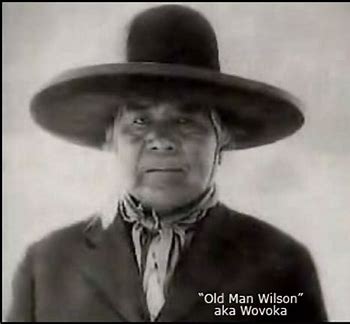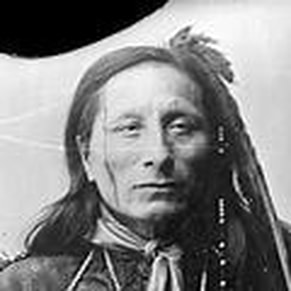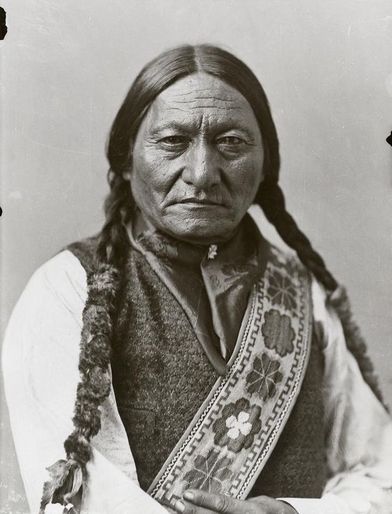Through the dance, the dead will rise. The buffalo will return and the land will be free of white involvement.1877 |
AuthorAt seventy-nine, I’m at the beginning of a new chapter in a life filled with blessings from above, adventure, love of family, and kinships reaching into the heavens and to God himself. —AND— I love to tell a story. Archives
May 2021
Categories |
|



 RSS Feed
RSS Feed
